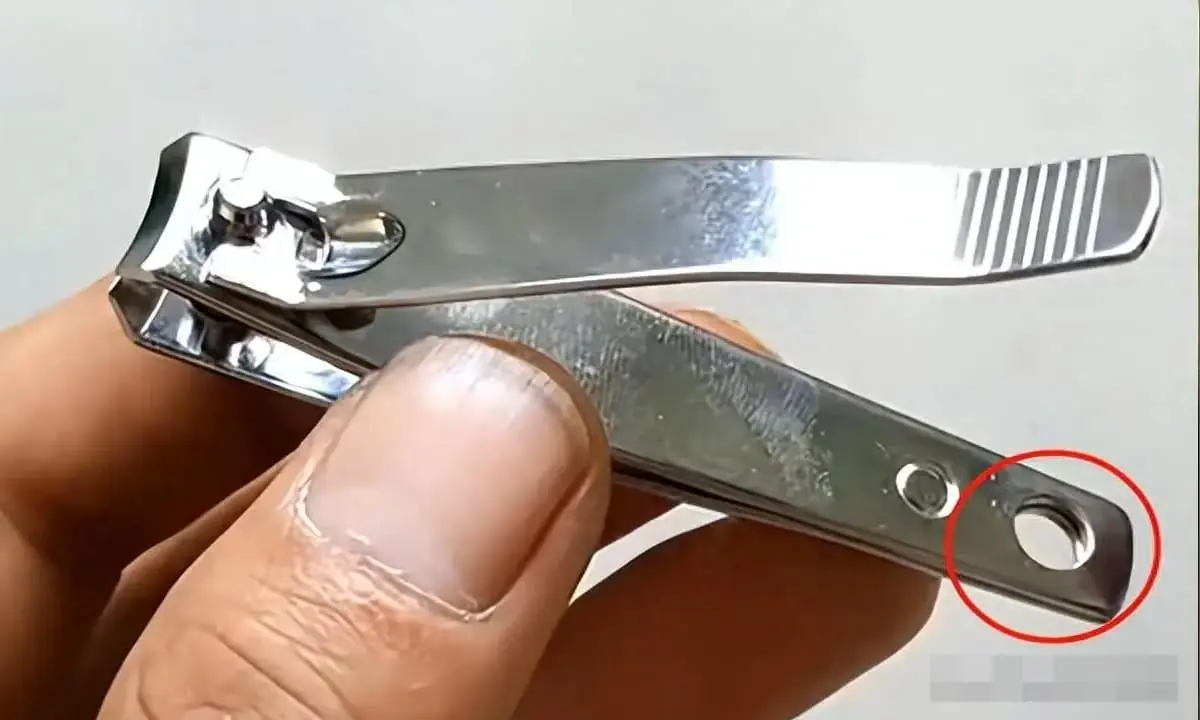
How to Restore Your Non-Stick Pan’s Coating: 4 Easy and Effective Methods
Over time, the non-stick coating of your pan can wear off or peel, diminishing its cooking performance and causing food to stick. However, before you discard your pan, there are several scientifically backed and practical ways to restore its non-stick surface using simple household ingredients. This article guides you through easy, effective, and budget-friendly methods to revive your pan’s non-stick coating and maintain its durability.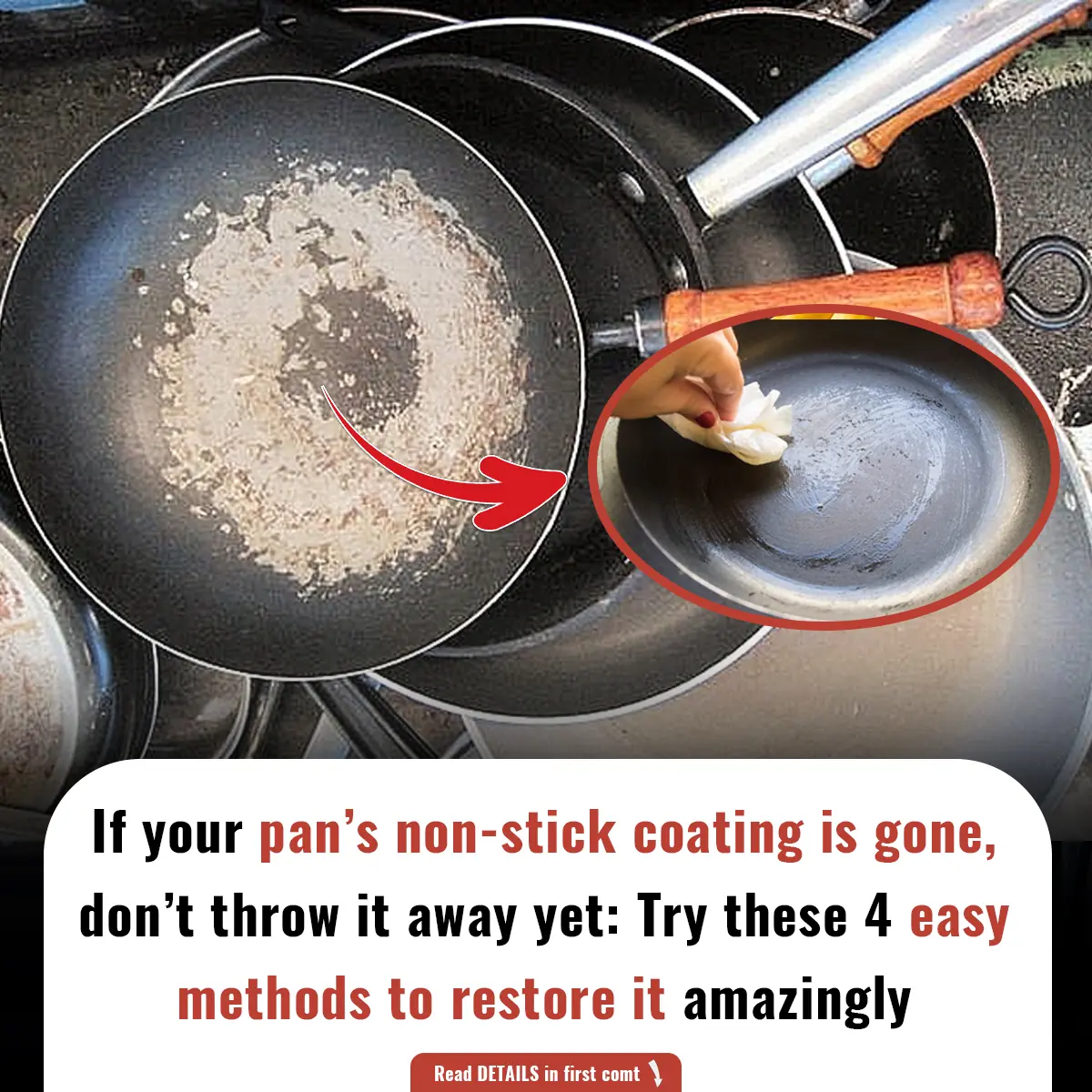
Why Does the Non-Stick Coating Wear Off?
Non-stick pans, commonly coated with polytetrafluoroethylene (PTFE), popularly known as Teflon, offer effortless cooking and cleaning. But exposure to high heat, abrasive scrubbing, and harsh detergents can degrade the coating. According to experts from the American Cleaning Institute, physical damage like scratching or peeling exposes the underlying metal, causing food to stick and the pan’s life to shorten. Proper maintenance and timely restoration can significantly extend your pan’s usability and safety.
How to Maintain Your Pan’s Non-Stick Coating From the Start
To ensure your pan’s non-stick surface lasts longer, it’s essential to treat it properly right after purchase. A simple seasoning technique helps create a protective layer, improving its performance and lifespan.
Step-by-step Guide:
-
Pour clean water to fill about two-thirds of the pan’s height, without completely submerging it.
-
Heat the pan over medium-high heat until steam begins to rise; avoid boiling. Turn off the heat and carefully pour out the water.
-
Let the pan cool slightly. Use a soft cloth or paper towel to wipe away any remaining moisture.
-
Return the pan to the stove and set the heat to the lowest setting.
-
Dab a small amount of cooking oil (vegetable or coconut oil works well) onto a paper towel and rub it evenly over the pan’s interior surface for about 30 seconds. Turn off the heat and allow the pan to cool naturally.
Repeating steps 4 and 5 two to three times ensures the oil bonds well, forming a durable non-stick layer. This practice, recommended by cookware manufacturers such as All-Clad and Calphalon, enhances pan performance.
4 Proven Hacks to Revive Your Pan’s Non-Stick Coating
If your pan’s coating is already worn or peeling, don’t despair. Here are four natural and effective remedies to restore the non-stick surface:
1. Cooking Oil or Coconut Oil Treatment
Oil and heat are the cornerstones of re-seasoning cookware. After thoroughly cleaning your pan, apply a thin layer of cooking or coconut oil and heat it over medium temperature for around 10 minutes. Then, let it cool naturally.
This method allows the oil to polymerize and bond with the pan’s surface, restoring a hydrophobic, non-stick layer. According to Serious Eats, this technique is similar to seasoning cast iron pans and can extend the life of your cookware.
2. Potato Rub for Cleaning and Restoration
A traditional but surprisingly effective method involves using potatoes, which contain oxalic acid and other mild acids useful for cleaning and restoring metal surfaces.
-
Peel a potato and rinse it.
-
Cut it in half and sprinkle salt on the cut surface.
-
Use the salted potato half to scrub the pan’s interior, focusing on stuck-on food and peeling areas.
-
Use the other half to clean the pan’s bottom and other affected spots.
-
Rinse and dry the pan.
Potatoes’ natural acids help remove rust and residues gently without damaging the pan. Moreover, the vitamins and compounds in potatoes (like riboflavin and folate) have chemical properties that, according to some traditional practices, may help rejuvenate non-stick coatings, although scientific research on this is limited.
3. Milk Casein Coating
Milk contains casein, a protein that forms a thin, protective layer when heated. This natural film can help improve a pan’s non-stick quality.
To use this method:
-
Pour enough fresh milk to cover the pan’s surface.
-
Heat the milk slowly, allowing it to cook down until it forms a residue on the pan.
-
Once the milk has dried into a thin film, remove the pan from heat and allow it to cool.
-
Wash gently with warm water and mild soap.
According to Cooks Illustrated, casein binds to metal surfaces and offers a temporary non-stick barrier, which can be especially useful for lightly damaged pans.
4. White Vinegar Boil
White vinegar is a natural, mild acid that effectively removes mineral buildup and restores cookware shine.
To use:
-
Mix equal parts white vinegar and water.
-
Pour into the pan and bring to a boil.
-
Let it simmer for 3–5 minutes, then remove from heat.
-
Once cooled, rinse and wipe dry.
This process removes tough stains, food residues, and oxidation without harsh chemicals, leaving the pan’s surface smooth and ready for reseasoning.
Expert Tips to Prolong Your Pan’s Life
To keep your non-stick pan in excellent condition:
-
Avoid metal utensils; use silicone, wooden, or plastic tools to prevent scratching.
-
Wash by hand with a soft sponge and mild detergent; avoid abrasive scrubbers.
-
Never heat empty non-stick pans as excessive heat damages coatings.
-
Store pans carefully, avoiding stacking without protective layers between them.
Following these guidelines aligns with recommendations from cookware manufacturers and consumer safety agencies like the U.S. Consumer Product Safety Commission.
Why Restore Instead of Replace?
High-quality non-stick pans can be expensive. Restoration not only saves money but also reduces environmental waste. Recycling or properly disposing of cookware with damaged coatings prevents potential exposure to harmful chemicals found in degraded PTFE layers.
Conclusion
Restoring your non-stick pan’s coating is both practical and cost-effective. Whether through oil seasoning, potato scrubs, milk coatings, or vinegar treatments, these methods help maintain a healthy cooking surface. Proper maintenance and gentle care extend your cookware’s life, making every meal easier and more enjoyable.
News in the same category


Family's Thyroid Tumor Discovery: A Cautionary Tale About Excessive Iodized Salt and Soy Sauce Consumption

Texas Woman D!es After Using Contaminated Tap Water for Sinus Rinse

4 Foods You Should Never Reheat: Health Risks Explained

Why Some Train Toilets Discharge Waste Directly onto Tracks

What Your Fingernails Reveal About Your Health: Insights from Experts

The Surprising Ages When Aging Speeds Up – What Scientists Have Discovered
A new study reveals that aging spikes at two specific ages, 44 and 60, and scientists have uncovered what happens to your body at these times. Learn the surprising results and what you can do to adjust.

Study Finds Sleep Habits Could Increase Your R!sk of Premature Death by 29% – Here’s Why
A new study reveals that poor sleep habits may increase the r!sk of premature de@th by up to 29%. Discover the sleep patterns linked to this danger and how you can improve your sleep health.

Expert Reveals Why Sleeping Without Clothes in Hot Weather Might Be a Bad Idea
Discover why sleeping without clothes during hot nights may not be as cooling as you think. Learn expert advice on how to sleep better in the heat.

New Study Reveals Alarming Rise in Anal C@ncer and Who’s Most at R!sk
A new study highlights a concerning rise in an@l canc3r cases, particularly among women over 65. Learn about the risk factors and what you can do to reduce your chances.
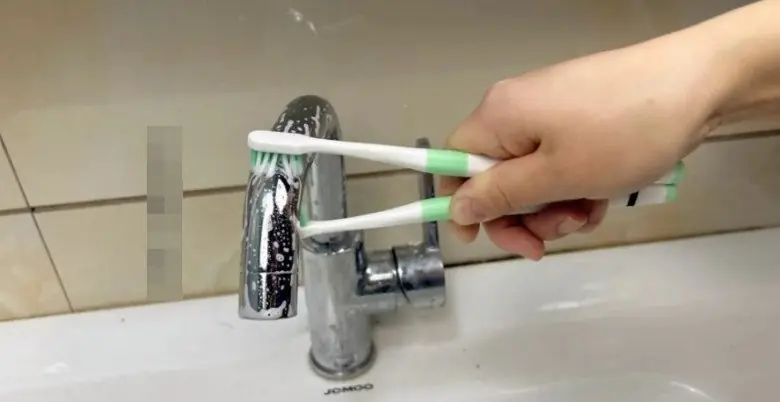
Ingenious Uses for Old Toothbrushes: 5 Surprising Household Hacks
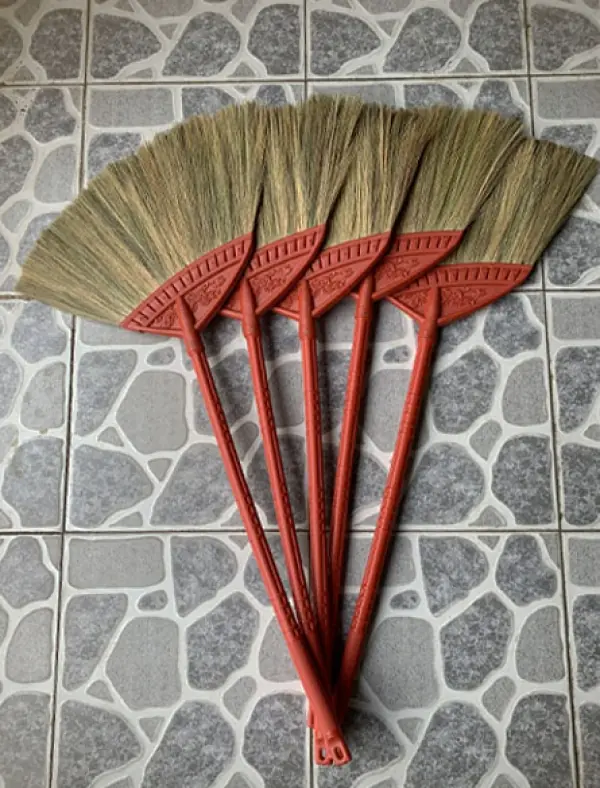
4 Feng Shui Mistakes: Where Placing a Broom Brings Bad Luck

5 Key Symptoms You Should Never Ignore – A Doctor’s Warning on Rising C@ncer Risks in Young People
Discover the five cr:u:cial symptoms that could signal serious health conditions like bowel c@ncer, which is rapidly affecting young adults. Early detection is key to saving lives. Learn more now.
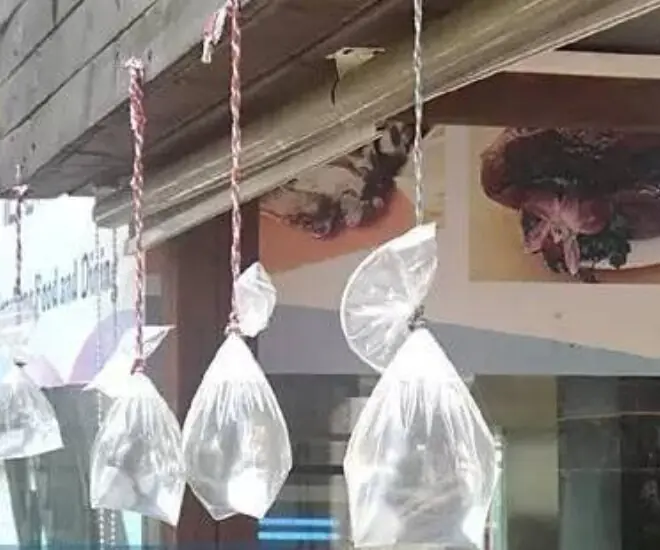
Why do many families hang water-filled plastic bags at their door stepsevery summer? The surprising science behind it
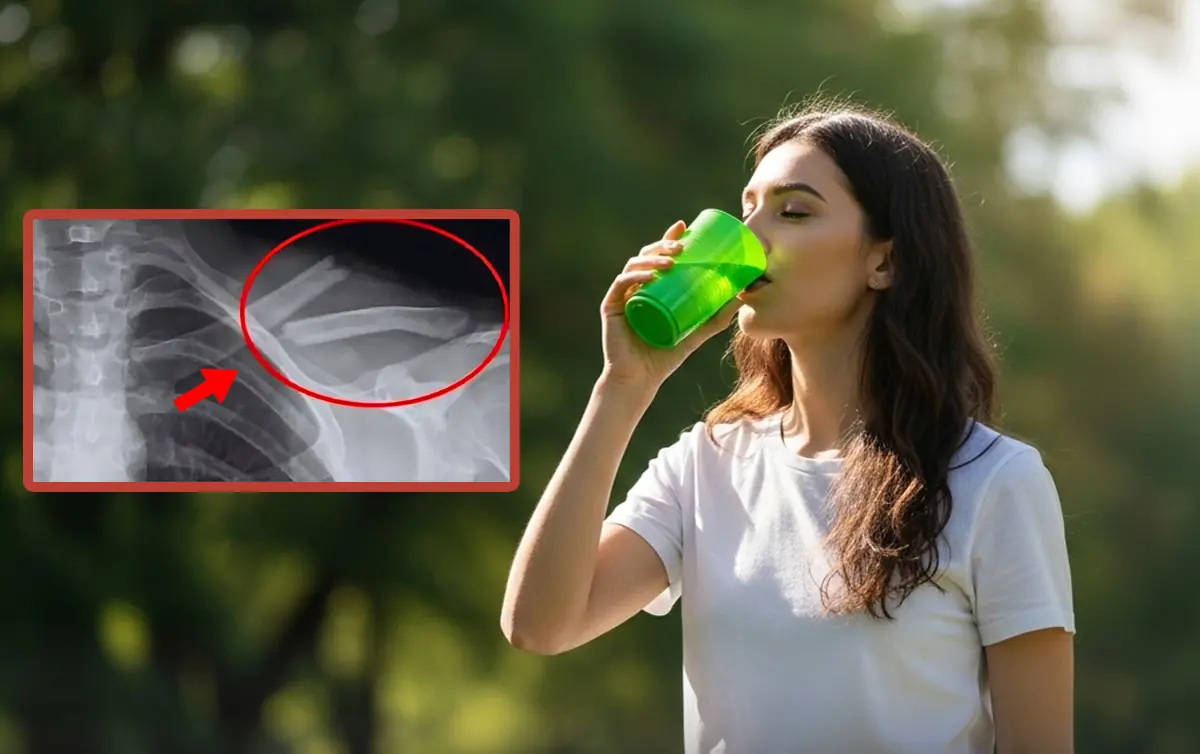
8 H@rmful Effects of Soda on Your Health You Should Know
Discover the shocking health risks of soda, including weight gain, bone deterioration, and cardiovascular disease. Learn why you should limit your soda consumption and what to drink instead.

How Your Feet Could Be Signaling Heart Problems: What You Need to Know
Discover the surprising connection between swollen feet and heart disease. Learn how your feet can signal heart and artery problems and what steps you can take to improve your cardiovascular health.

10 Surprising Signs You Might Have a Parasite & How to Get Rid of It
Wondering if you have a parasite? Discover the 10 most common signs and learn how to safely treat parasitic infections with natural remedies and medical treatments. Protect your health today!
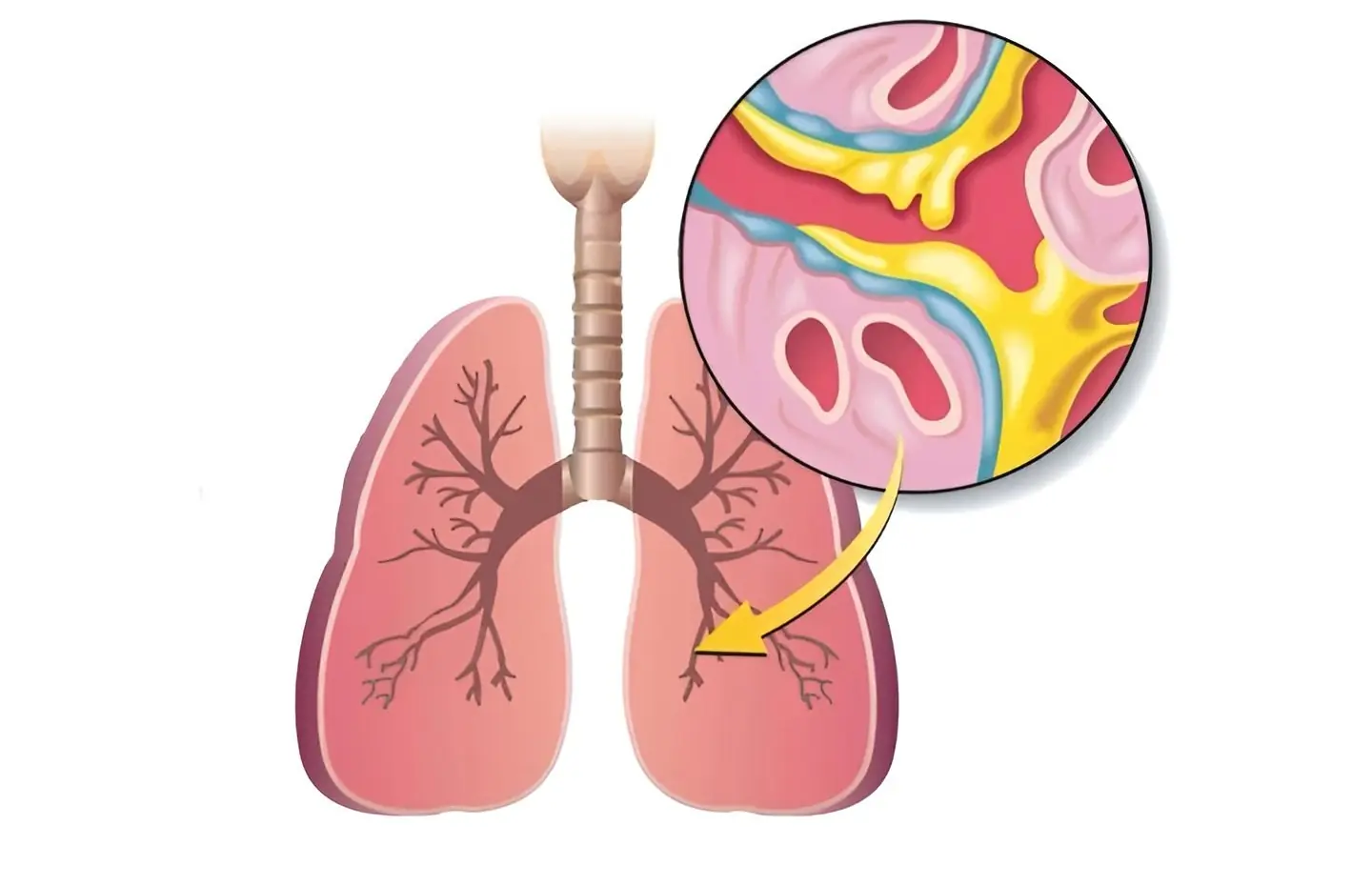
10 Natural Ways to Clear Che$t Congestion and Get Rid of Mucus Fast
Struggling with chest congestion? Discover 10 natural and effective ways to clear mucus and ease your symptoms, including home remedies, decongestants, and lifestyle tips.

Doctor Warns: How Your Sleep Position Could Be H@rming Your Health – And the Best Way to Sleep Instead
Discover how your sleeping position can affect your health. Dr. Tim Mercer explains why certain positions, like sleeping on your stomach, can lead to long-term issues and offers the best alternatives for better sleep.

Ancestors taught: if you want to be rich, throw away 3 things quickly, hold on to 3 things tightly, and you will have a prosperous life.
News Post

The Hidden Function of the Small Hole in Your Nail Clipper

Family's Thyroid Tumor Discovery: A Cautionary Tale About Excessive Iodized Salt and Soy Sauce Consumption

Texas Woman D!es After Using Contaminated Tap Water for Sinus Rinse

4 Foods You Should Never Reheat: Health Risks Explained

Why Some Train Toilets Discharge Waste Directly onto Tracks

Easy Homemade Rice Gel: The Ultimate DIY Face Cream for Hydrated, Glowing Skin
With its powerful combination of rice, aloe vera, vitamin E, and tea tree oil, this cream not only nourishes the skin but also helps brighten dark spots, reduce fine lines, and promote youthful, glowing skin.
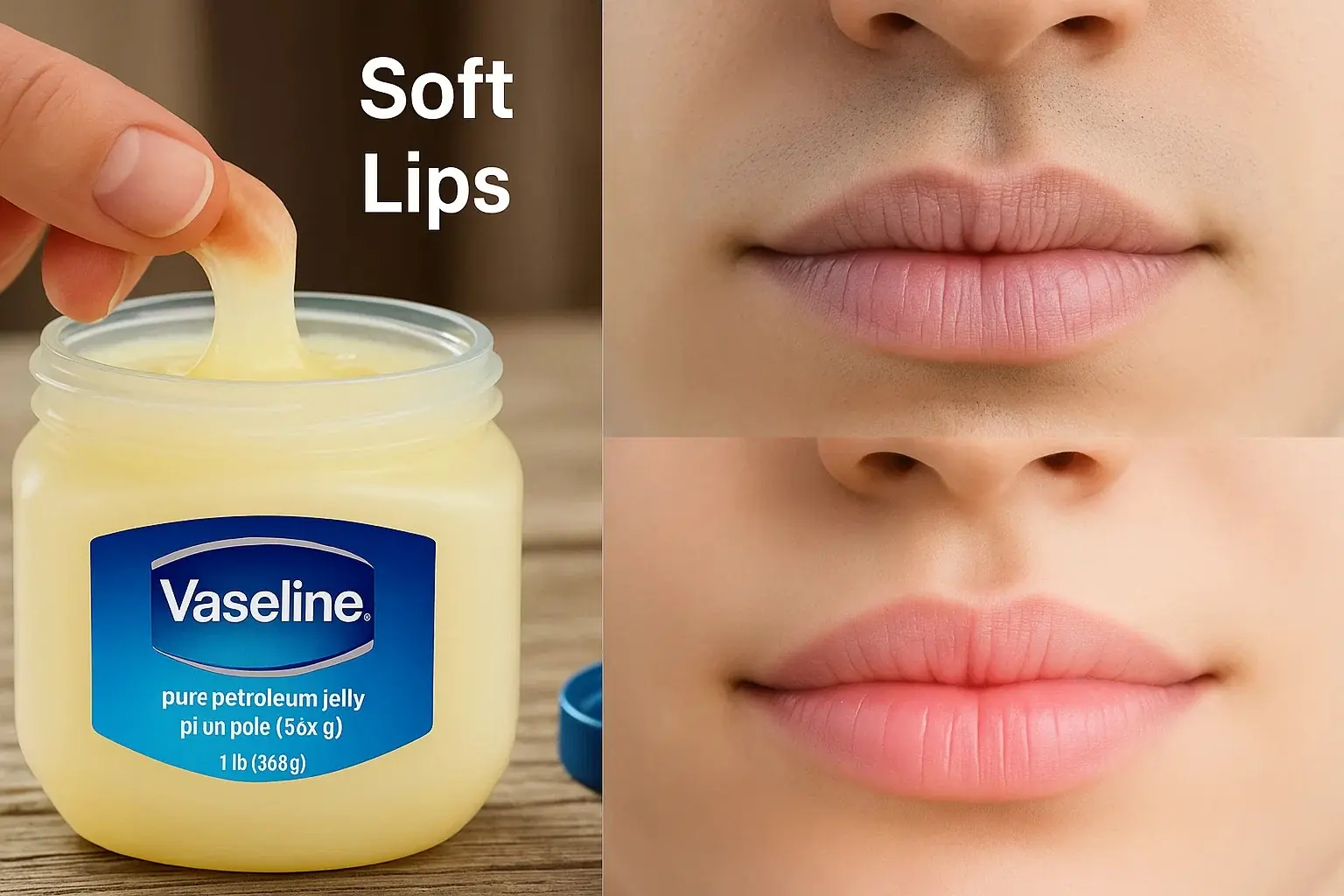
10 Effective Ways to Get Soft, Pink Lips Naturally: Proven DIY Remedies for Flawless Lips
By incorporating simple, effective DIY remedies into your routine, you can nourish, hydrate, and brighten your lips while enjoying the beauty of nature’s ingredients.

What Your Fingernails Reveal About Your Health: Insights from Experts
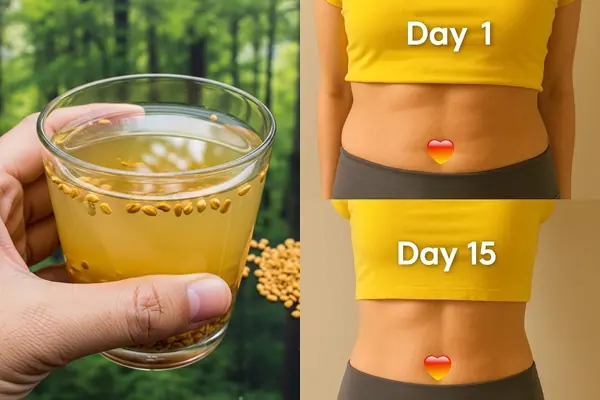
Fenugreek Water for Weight Loss: Methi Water Benefits and DIY Recipes
Fenugreek is a natural, affordable, and effective solution for promoting healthy weight loss and improving overall health.

A Heartwarming Flight: How Strangers Came Together to Help a De@f-Bl!nd Passenger
n an Alaska Airlines flight, a de@f-bl!nd man named Tim experienced extraordinary kindness from strangers - including a 15-year-old girl who used ASL to communicate. This inspiring story will restore your faith in humanity.
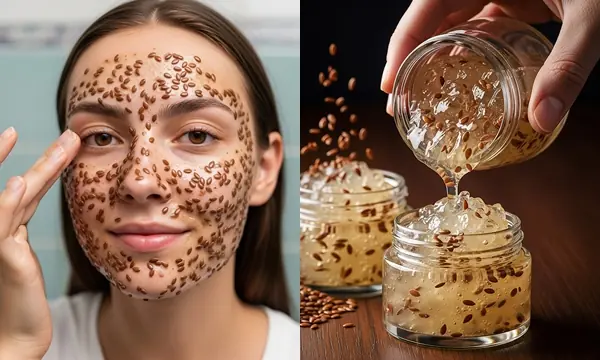
DIY Flaxseed Collagen Night Gel: A Natural Remedy for Hydrated, Youthful Skin
By harnessing the power of flaxseeds, aloe vera, and vitamin E, this DIY treatment helps to nourish, hydrate, and protect the skin, all while stimulating collagen production for long-term skin health.

The Great Depression: How the 1929 Market Cra$h Reshaped the World
The 1929 market crash sparked the Great Depression, reshaping the world for decades. Explore its impact! ❤️📉
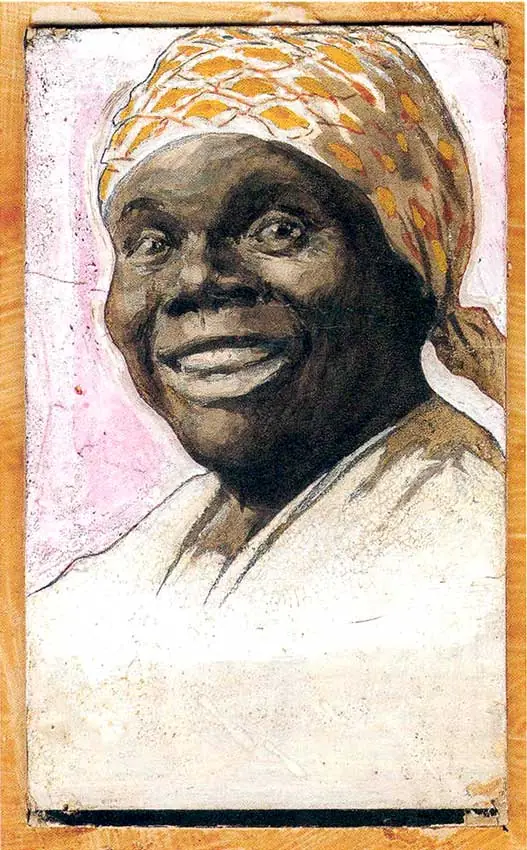
Unveiling the Real Woman Behind "Aunt Jemima": The Legacy of Nancy Green
Discover the powerful, untold story of Nancy Green, born into slavery, who rose to national fame as the original "Aunt Jemima." Learn about her resilience, contributions, and why her true legacy deserves to be honored.
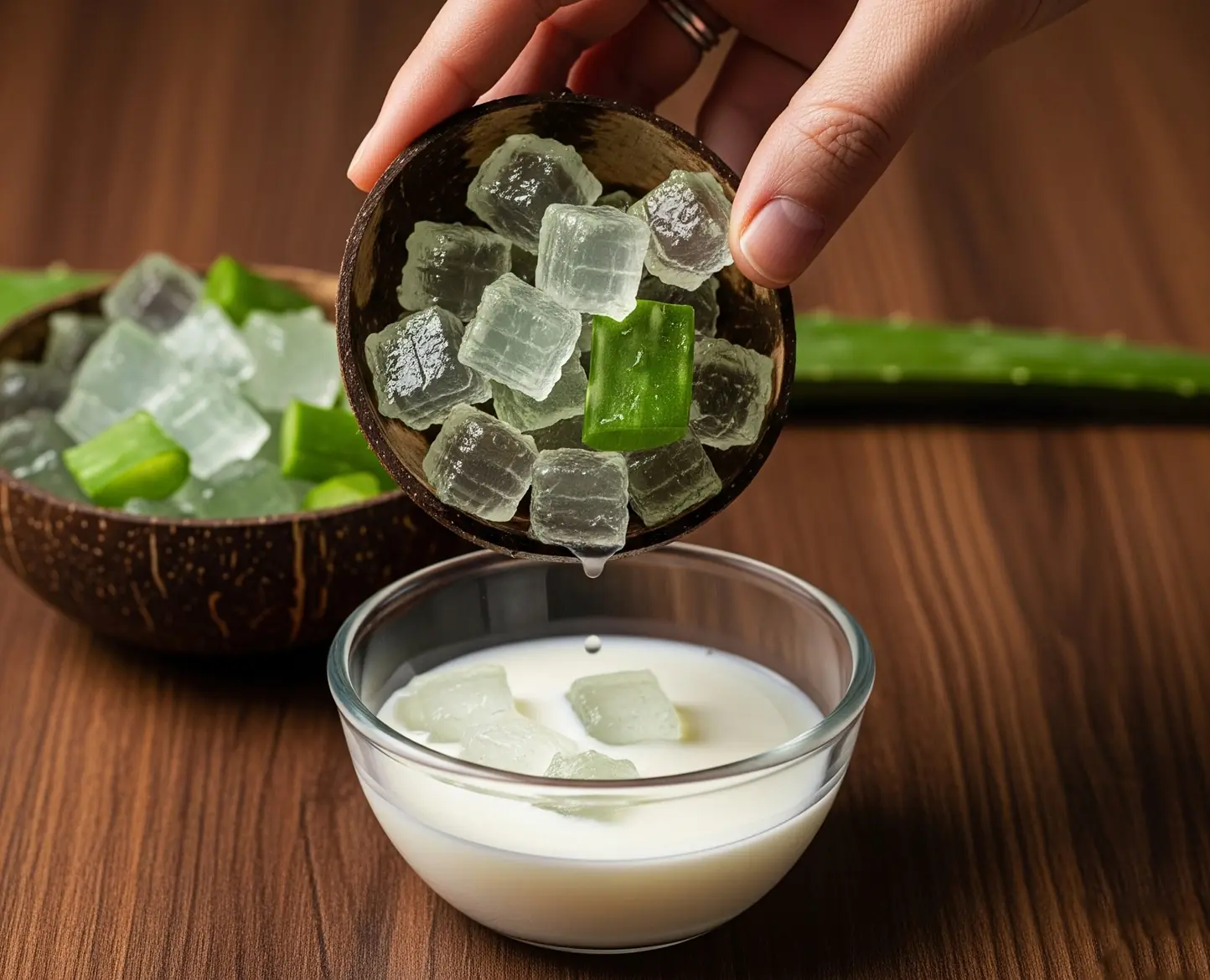
5 Ways To Use Aloe Vera Gel For Glowing, Flawless Skin
Apply these masks and serums 2–3 times a week, and complement your skincare efforts with a healthy diet and plenty of water.

GAS STATION WORKER FINDS ABANDONED BABY - THEN FATE DELIVERS A MIRACLE
A man discovers a newborn abandoned in a box, setting the course for a journey of love, sacrifice, and healing. This story explores the transformative power of family, compassion, and second chances.
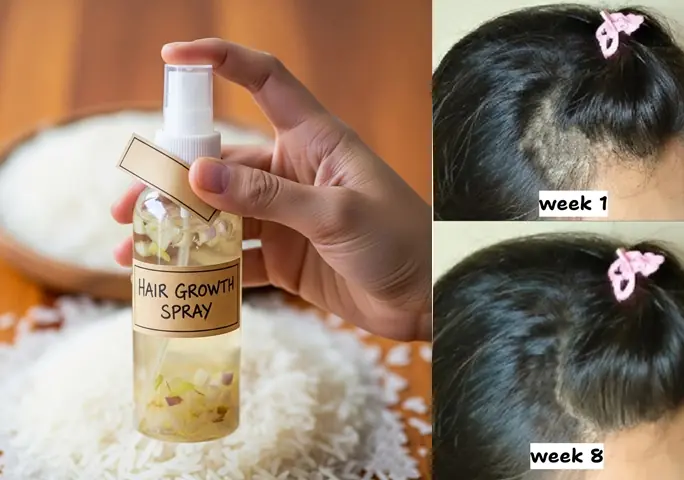
DIY Onion Rice Hair Mask To Boost Hair Growth
This simple, affordable treatment can be easily added to your regular hair care routine for noticeable improvements over time.

The Surprising Ages When Aging Speeds Up – What Scientists Have Discovered
A new study reveals that aging spikes at two specific ages, 44 and 60, and scientists have uncovered what happens to your body at these times. Learn the surprising results and what you can do to adjust.

Study Finds Sleep Habits Could Increase Your R!sk of Premature Death by 29% – Here’s Why
A new study reveals that poor sleep habits may increase the r!sk of premature de@th by up to 29%. Discover the sleep patterns linked to this danger and how you can improve your sleep health.

Expert Reveals Why Sleeping Without Clothes in Hot Weather Might Be a Bad Idea
Discover why sleeping without clothes during hot nights may not be as cooling as you think. Learn expert advice on how to sleep better in the heat.

New Study Reveals Alarming Rise in Anal C@ncer and Who’s Most at R!sk
A new study highlights a concerning rise in an@l canc3r cases, particularly among women over 65. Learn about the risk factors and what you can do to reduce your chances.